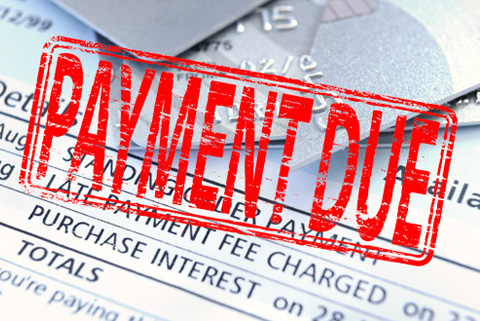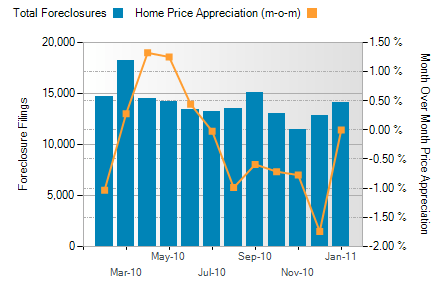Does this sound familiar? Sammy and Sally Homeowner buy a house with a hybrid adjustable rate mortgage in a booming economy, with the expectation that the home loan could be refinanced before the reset, when both the home’s value and the couple’s income go up. Instead both drop.
The couple starts living off credit cards. The debt shifting works until the homeowners’ interest rate soars because their credit score plummets. That juggle is then knocked right off the rails by a single unanticipated event, like a big medical bill. The homeowners fall behind on all their payments. Now they are facing foreclosure.
For people like these, bankruptcy can be a last resort to save a home. A bankruptcy filing freezes a foreclosure sale even if the filing is time stamped moments before the scheduled sale. If foreclosure is imminent, be sure to ask the judge for an Order of Relief, which is an automatic stay.
However, it’s important to note that a bankruptcy is simply a temporary solution, typically for three or four months under Chapter 7. Your lender can respond with a motion to lift the stay which could shorten the time frame.
Chapter 7, the liquidation bankruptcy, will wipe out all of your unsecured debts like credit cards and personal loans, but some debts will still be owed in full like criminal and civil fines and judgments, child support, alimony, and student loans. A court trustee can appropriate your assets and sell them off to make good on debts. In practice, with home values tanking, few residences are seized these days. Chapter 7 will ultimately cancel all the mortgage debt secured by your home, but you won’t be able to keep it, unless you make arrangements through a loan modification to pay off your mortgage. The good news is that with your unsecured debt gone, you’ll now be able to better make those house payments.
Even if you can’t handle a mortgage, a Chapter 7 bankruptcy will give you a bit of breathing space to live in your home for free while your case is pending, allowing you to put money aside to find new shelter.
There is a difference between Chapter 7 and Chapter 13 bankruptcies. The so-called Bankruptcy Abuse and Consumer Protection Act of 2005 was supposed to insure that people who could pay off their debts would file the wage earners bankruptcy, Chapter 13. Here creditors receive a court mandated payment over time for a percentage payback, that is garnisheed from a borrower’s paycheck. Chapter 7 is now reserved for those in truly dire straits. They need to pass a complex means test to wipe out their obligations. The immediate effect of the law was that between 2004 and 2006 bankruptcy filings dropped by 61%. An unintended consequence was complicating the rules so much that lawyers have now been able to justify tripling their rates at a time when people can least afford legal fees.
Under a Chapter 13 bankruptcy, as long as you can stay current with your mortgage payment, and catch up on what you now owe, you will be able to keep your home. You’ll be able to pay the arrears over the course of five years in some cases. Chapter 13 can also help with home equity loans. If you are underwater with your home to the point where your second mortgage is no longer backed by any equity, the court can reclassify a second mortgage as an unsecured loan, putting it at a lower priority than your primary mortgage, equivalent to credit card debt.
In some states the stay afforded by filing only minimally extends the time you can remain in your home after a foreclosure has been filed. Although bankruptcy is a federal law, foreclosure laws are local, so you should get an attorney to help you navigate through this maze. Be warned, that unlike foreclosures which stay on your credit report for seven years, bankruptcies now linger for a full decade, lowering your credit score for ten years and increasing the cost of any future borrowing dramatically.



